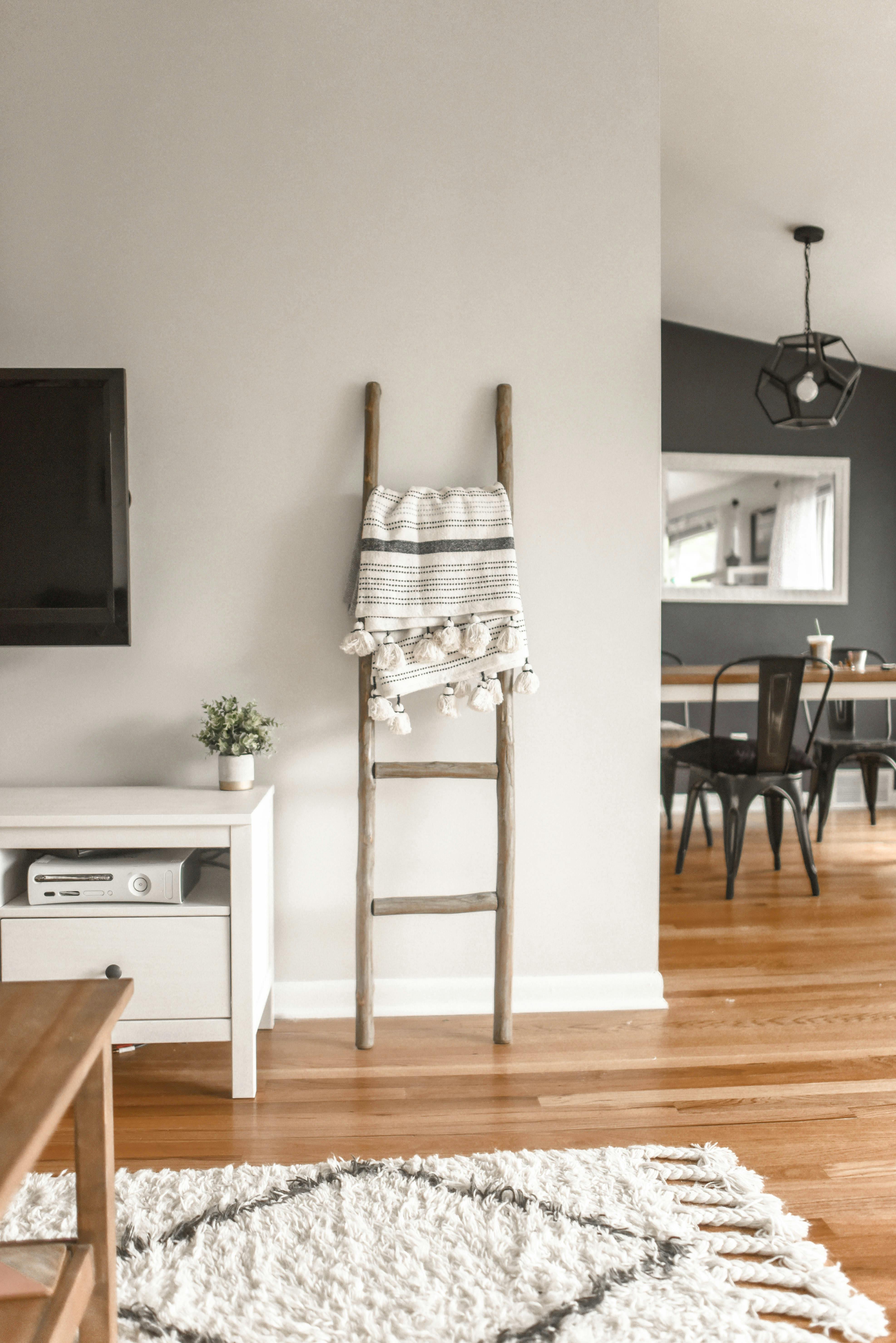Carpet Price

Title: Unveiling Carpet Flooring Costs: A Comprehensive Guide
Introduction:
Carpet flooring is a popular choice for homeowners and businesses alike, offering warmth, comfort, and an extensive variety of styles. Whether you're considering carpet for a single room or planning to carpet your entire home or office, understanding the intricacies of costs is crucial for effective budgeting and making informed decisions. In this comprehensive guide, we will explore various factors that influence costs, the different types of carpet materials, installation methods, maintenance considerations, and expert tips for managing your carpet project's budget.
I. Factors Influencing Costs:
Several key factors play a significant role in determining the overall cost Gaining insights into these factors will enable you to estimate expenses accurately and make well-informed choices for your project.
1. **Carpet Material:**
Carpet flooring comes in various materials, each with its unique characteristics and price points:
- **Nylon:** Nylon is one of the most common and durable carpet materials. It offers excellent resistance to wear and stains and comes in a wide range of styles and colors.
- **Polyester:** Polyester carpet is known for its softness and vibrant colors. It is typically more affordable than nylon but may not be as durable in high-traffic areas.
- **Olefin (Polypropylene):** Olefin carpets are budget-friendly and resistant to moisture and mold. However, they may not be as soft or durable as nylon or polyester.
- **Wool:** Wool is a natural, luxurious carpet material prized for its softness, durability, and insulation properties. It is among the most expensive carpet options.
- **Blends:** Carpet blends, such as nylon-wool blends, offer a balance of durability and luxury at a moderate price point.
2. **Carpet Style and Pile Height:**
The style and pile height of the carpet can significantly affect costs. Common carpet styles include:
- **Cut Pile:** This style features fibers that are cut at the top, creating a soft and plush surface. Variations of cut pile include Saxony, plush, and frieze.
- **Loop Pile:** Loop pile carpets have uncut loops of fiber, offering a textured appearance and good durability. Berber and level loop are examples of loop pile styles.
- **Cut-and-Loop:** This style combines cut and looped fibers to create intricate patterns and textures.
- **Pile Height:** Higher pile carpets often feel more luxurious but can be more expensive due to increased material usage.
3. **Carpet Quality and Grade:**
Carpets are graded based on factors such as density, twist, and fiber type. Higher-grade carpets typically offer better durability, stain resistance, and longevity but come at a higher price.
4. **Carpet Pad Quality:**
The quality and thickness of the carpet pad (underlay) can impact costs. A good-quality pad can extend the life of your carpet and provide enhanced comfort and insulation.
5. **Installation Method:**
The method of carpet installation can influence overall costs. Common installation methods include:
- **Stretch-In Installation:** This traditional method involves stretching the carpet over a pad and securing it along the edges. It is the most common and cost-effective installation method.
- **Glue-Down Installation:** Glue-down carpet installation involves adhering the carpet directly to the subfloor using adhesive. This method is suitable for certain commercial applications and may incur additional labor and material costs.
- **Carpet Tiles:** Carpet tiles are individual carpet squares that can be easily installed and replaced. They offer flexibility but may be more expensive per square foot.
6. **Room Size and Complexity:**
The size and layout of the room or area where carpet flooring will be installed can impact costs. Irregularly shaped rooms, multiple rooms, or spaces with many corners and angles may require more labor and materials.
7. **Location and Labor Costs:**
Labor costs for carpet installation can vary by geographic location and the availability of skilled installers. Areas with a higher cost of living and strong demand for skilled labor may have higher labor rates, influencing the total project cost.
8. **Carpet Accessories:**
Consider other accessories, such as transition strips, seam tape, and floor molding, which may be necessary for a finished and polished look.
II. Types of Carpet Materials:
Carpet flooring comes in various materials, each offering unique characteristics and cost considerations:
1. **Nylon Carpet:**
Nylon is one of the most popular and durable carpet materials. It offers excellent wear resistance, stain resistance, and a wide range of styles and colors.
2. **Polyester Carpet:**
Polyester carpet is known for its softness and vibrant colors. While it may be more affordable than nylon, it may not be as durable in high-traffic areas.
3. **Olefin (Polypropylene) Carpet:**
Olefin carpets are budget-friendly and resistant to moisture and mold. However, they may not be as soft or durable as nylon or polyester.

